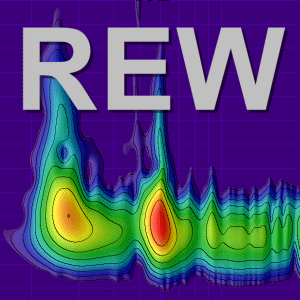anyfoo
New Member
Thread Starter
- Joined
- Apr 3, 2022
- Posts
- 12
More
- Preamp, Processor or Receiver
- Handmade with FPGA/Matlab
I would like to understand how distortion images end up in time before the impulse in the calculated impulse response. I'm interested in the actual math. A quick Google search turns up nothing immediately relevant (though Google has been deteriorating for years, especially when searching for technical subjects). So is there some literature you can directly refer me to?
Thanks!
Thanks!














